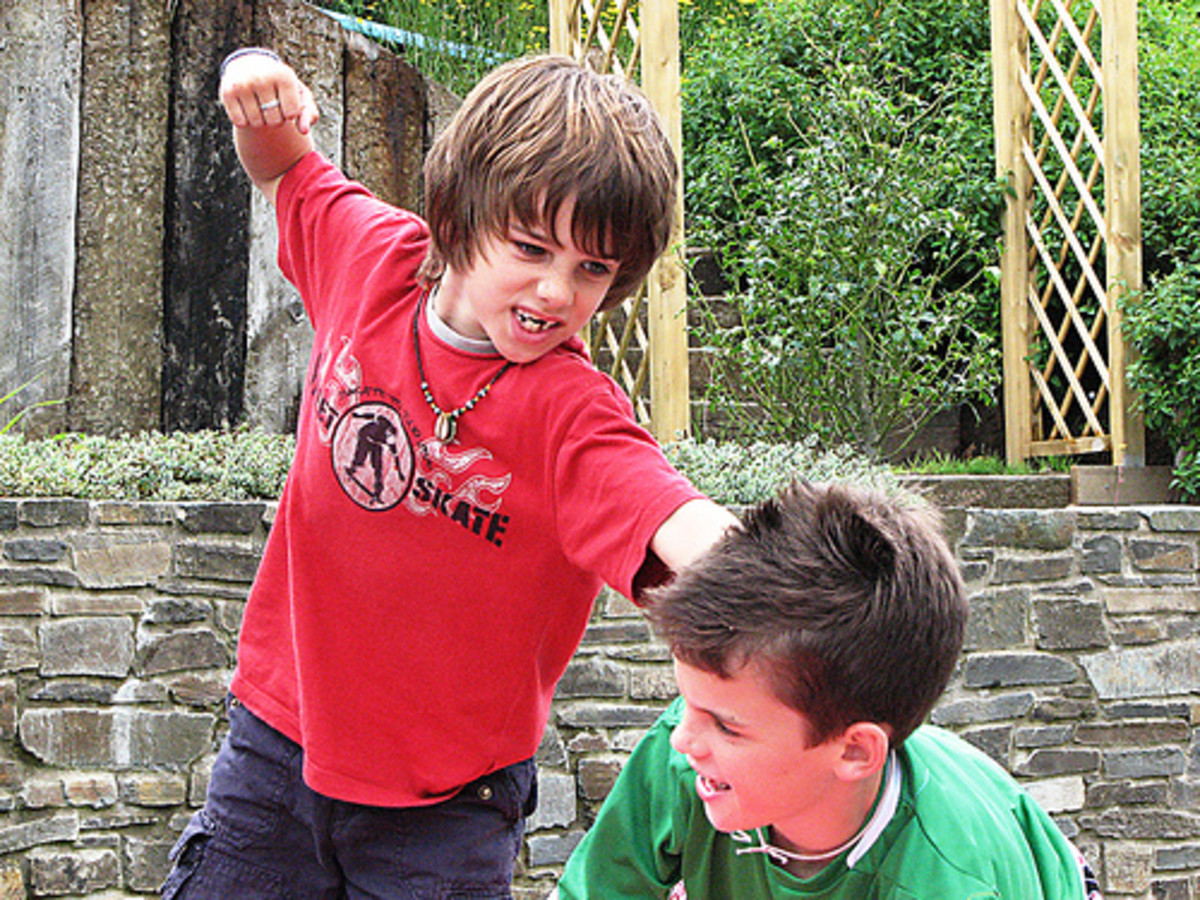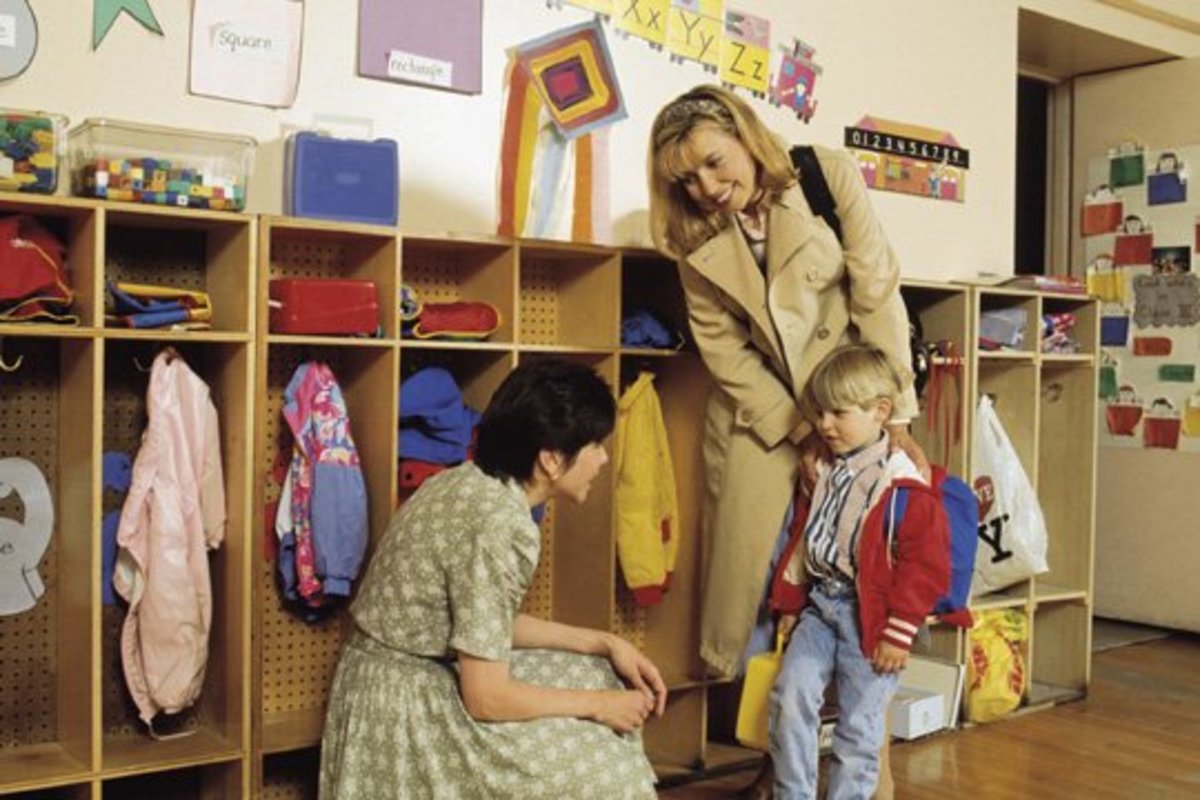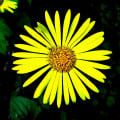How to Help An Angry Child

Anger is an emotion. It is a temporary emotional state caused by frustration. The frustration could come from various sources such as home environment, school (classroom) climate, hunger, sadness, chemical imbalances, a feeling of entitlement or being treated unfairly. Every child will at some time during childhood experience this emotion. How can we help a child who is angry or how can we help the angry child?
Anger can be a strong emotion and children need to know it’s o.k. to be angry. Our role as a parent is to train and teach. We need to help them learn how to control and express their emotions. Anger is not bad, it should not be punished or repressed. Accept that the child is angry and help channel and direct them to constructive solutions. A child who is angry does not mean there is a serious problem, although a continuously angry child may need to be diagnosed and counseled as to the source or reasons for his anger.
Anger can be a natural defense mechanism to avoid painful feelings of failure, low self-esteem, and isolation. It may be related to fear and anxiety over situations of which the child cannot control. In childhood, anger and sadness are closely associated and what an adult may experience as sadness, a child may express with anger.
How To Help An Angry Child
Ways To Help An Angry Child
Our job is to teach them acceptable ways of coping. It doesn’t really help to tell them what is not acceptable unless we have clearly stated what is appropriate and acceptable. It is very helpful to discuss anger and other emotions when a child is not angry. Have a few suggestions so they know what they can do. Let the child know that adults also express anger and share ways that help you. It helps them understand it as an emotion when they realize that everyone feels this way at times.
- Vent with a pillow if pent-up energy needs to be released
- Go outside (nature is calming)
- Run around the house a few times
- Calm down walk
- Peaceful music
- Get busy with hands creatively, painting, drawing, play dough, musical instruments
- A bubble bath or soothing shower
- Talk when child is calmed down

Learn your child and what he responds to best. Some children respond more to hugs and comfort, others need to release by physically moving and being active. For younger children, there is a wonderful book entitled; When Sophie Gets Angry- Really, Really Angry, by Molly Bang. It is a preschool favorite with colorful illustrations and an engaging story about Sophie, who is angry at her little sister. It is one of the most effective stories I have read, as it clearly teaches the child that anger is a normal reaction, and how it can be dealt with. A child needs to have boundaries, and understand the anger will subside. It often helps to talk about it afterwards and helps the child to see it in perspective to the situation.


Connect with your Child in a Positive Manner
I believe the very best way to help a child is to connect with them. Parents who are connected to their children, who spend time with them, who communicate and listen, who work to maintain a sense of well being in their homes, have less displays of anger. A disconnected and/or stressed home environment is more of a breeding ground for anger, aggression, isolation and withdrawal for a child. Parents who argue and speak with disrespect in front of their young children confuse them. A child first and foremost wants to feel safe and secure.
If a child does not feel valued or safe in his own home, it invites problem behaviors and possible mental health issues to develop. The connected parents know and understand their child and will have less tendency to create a home environment which provokes anger, and will stay in control when it does occur. Below are some ways to help maintain a more peaceful, connected atmosphere in the home.
Promote Good Behavior
Catch the child being good. Respond to positive efforts and reinforce good behavior. “I like the way you came for dinner without being reminded.”, “You were very patient when I was on the phone.” “I appreciate you picking up your toys even though you were in a hurry to go to your friend’s house.” Encourage children to see themselves as valued and important members of their family.
Remember the three C's
Calm - Speak in a calm tone and manner
Clarity - Make sure rules and boundaries are understood
Consistency - Be consistent with expectations and consequences
Dr. Becky Bailey - Conscious Discipline
"Anger management is an inside job. If you believe your children are making you scream at them, you have placed them in charge of you."
"Children who seem to enjoy hurting others are extremely stressed."
"You are never upset for the reason you think you are."

Climate Control
Angry, aggressive behavior can be
encouraged by placing children in tough, tempting situations or asking
too much of them. Sometimes rules may be too confining and controlling.
Make sure children are fed before a major grocery shopping trip. A
well rested child is less prone to angry outbursts. Keep healthy snacks
in the home and feed your children healthy, well- balanced meals.
Use
closeness and touching. Young children are often calmed by having an
adult close to them while older children and teens need their own space,
and yet the teens still need a hug or pat on the shoulder. Children
at any age need to know their parent is interested in them and accepts
them. Touch helps to strengthen the connection with your child.
Ease
tension with light-hearted humor. Turn off the news. Try to maintain a
friendly atmosphere in the home. Spend time with your child.

Setting Limits
If your child is angry to the point where he may hurt
someone physically, remove him from the situation. It’s o.k. and
necessary to say NO. Be in control. There is a fine line between
discipline and punishment. The goal is to teach your child acceptable
ways of expressing and controlling his anger.
Discipline
Good discipline includes creating an atmosphere of quiet firmness, clarity and conscientiousness, while being reasonable. Bad ‘discipline’ involves unduly harsh and inappropriate punishment, often associated with verbal ridicule and attacking the child physically and emotionally, which can leave lifetime scars and often leads to addictive or dangerous behaviors. Effective discipline allows everyone to understand the boundaries and the natural consequences.

Conclusion
We want to help children learn healthy ways of expressing their anger and in so doing help them understand that they are valued as a person. Anger that is bottled up can lead to health and communication problems. Give your child the tools they need to learn how to understand and self-regulate their emotions. Very often in helping a child feel valued and accepted their emotional state becomes more balanced. There is great truth in the favorite axiom, 'live well, laugh often, love much.'
References and Additional Information
- Brain Rules for Baby (Updated and Expanded): How to Raise a Smart and Happy Child from Zero to Five
John Medina discusses how the brain develops at different stages and gives advice based on scientific research. Great chapter on discipline. - 7 WAYS TO HELP THE ANGRY CHILD
Dr. William Sears discusses discipline and behavior. - Temperament in Infancy, Childhood, for Teens & Adults
- Anger Overload in Children: Diagnostic and Treatment Issues
Learn how prolonged or intense anger outbursts in children may be related to other disorders- or not- and how to cope.









